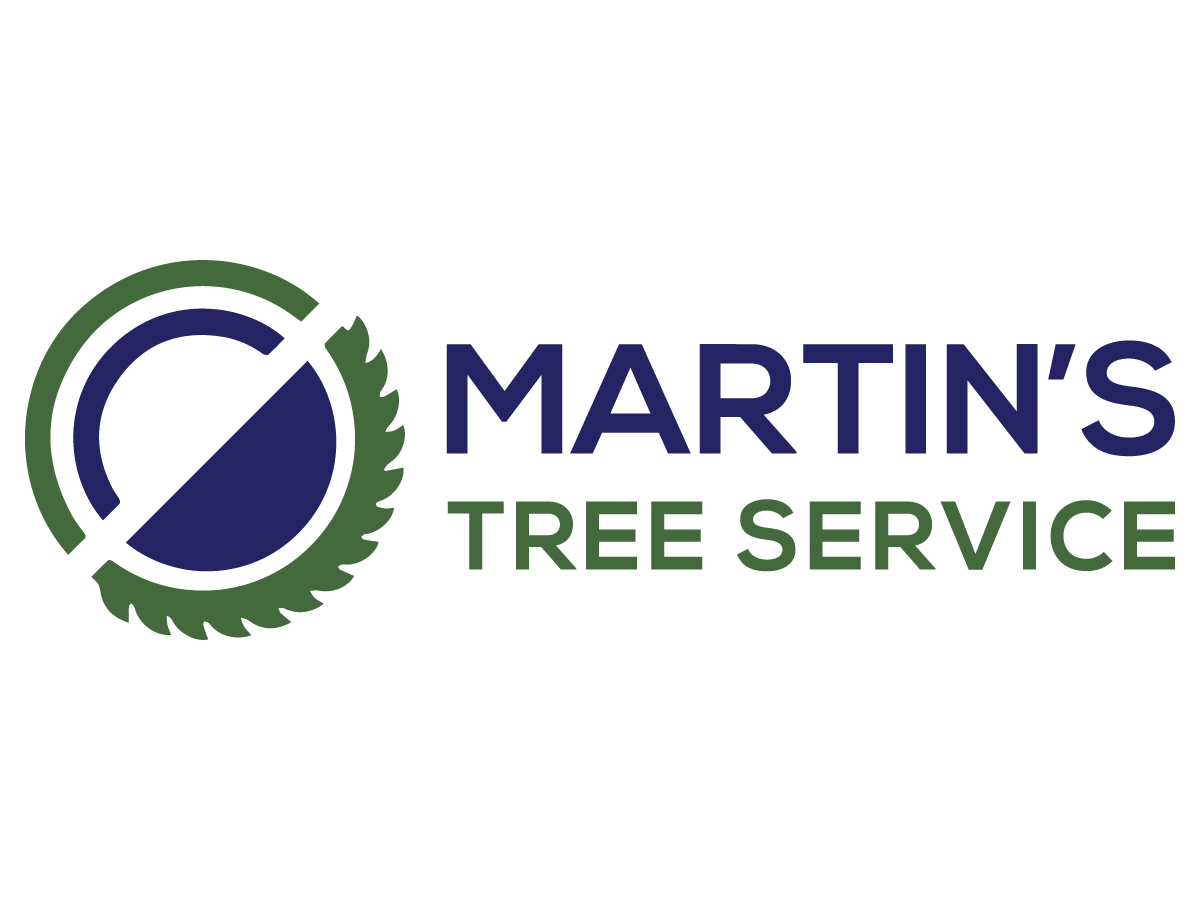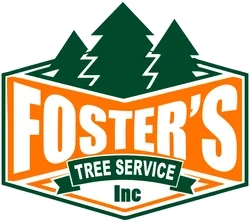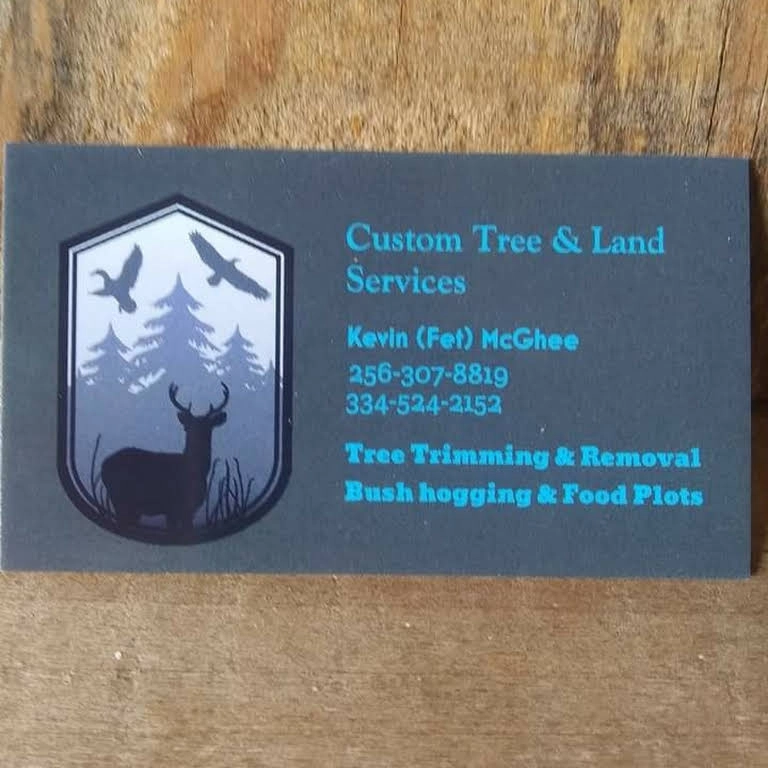How To Choose the Right Phenix City Tree Service
When you're considering a tree removal company, you may look at factors like services and licensing. We highlight some of the most important considerations below.
Vet the Company's Qualifications
Tree service companies should have insurance to protect their customers and workers. Some examples of policies include general liability, workers' compensation, and professional liability insurance. The policies should mention tree work coverage specifically otherwise, you may be liable for any damage or injuries that occur on your property. There are no mandatory national certifications for tree removal, but a company may have a certified arborist on staff to complete inspections. This isn't required, but it does provide added benefits. Arborists are certified by the International Society of Arboriculture (ISA). They're trained in proper maintenance, preservation, and care techniques to protect tree health.
Get Quotes From Multiple Companies
You should get quotes from multiple companies to determine the best deal. This lets you compare elements of each quote, such as the timelines, service fees, and included services.
Confirm the Company Performs Residential Tree Services
Look for a tree removal company that specializes in residential services. Commercial companies must follow certain local ordinances because they work on large-scale commercial projects. On the other hand, residential tree service companies focus on servicing private homeowner properties and have fewer locally mandated service restrictions.
Request a Tree Risk Assessment
A tree risk assessment (TRA) is a visual inspection to determine the likelihood of a tree or its branches breaking. This is called tree failure. Assessing tree failure helps service companies decide how best to minimize the danger to their workers and your property. Certified arborists typically conduct TRAs. Some companies include a free assessment with their services, while others charge an additional fee. Request a TRA before starting any real work.
Ask About Stump Removal
Tree service companies can remove stumps from your yard by hand or with special equipment. This is important because stumps left untreated will rot over time and can attract disease or pests. Ask your provider whether stump removal is included with its service. Costs range from $57 to $418, with the average Phenix City homeowner paying around $266.
How Much Does It Cost To Remove A Tree?
You can expect to pay an average of $532 for tree removal services. Costs will vary from $259-$1,139 and are influenced by things like tree health, tree size and type, and project size. You may pay per acre instead of per tree if multiple trees need to be removed. You'll pay more if a tree has a high failure risk or requires additional equipment, labor, or safety precautions. You can expect to pay about $1,367 for emergency tree removal.
Ready to Get a Quote on Your Tree Project?
Please enter a valid 5-digit zip code!
Frequently Asked Questions About Tree Removal in Phenix City
What are some common tree issues?
What's the difference between tree pruning and tree trimming?
How can I tell if a tree is dangerous?
Do I need to hire a professional for tree removal?
Is it okay to leave a downed tree on my lawn?
To share feedback or ask a question about this article, send a note to our Reviews Team at reviewsteam@thisoldhousereviews.com.













